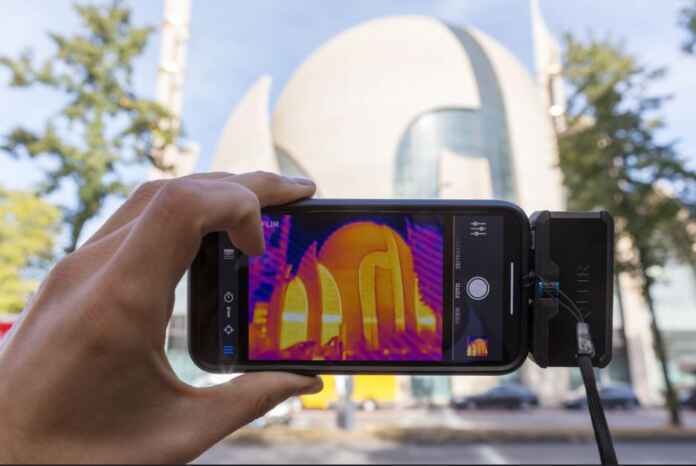Over the past century, military-grade equipment has seen some exponential technological development. For example, the need for active surveillance and low light raids gave rise to night vision and thermal imaging devices. However, over time these devices found their applicability in the civilian realm.
Night Vision And Thermal Imaging

Today, law enforcement agencies actively use low-light equipment for area management and crime control. Additionally, vehicles also use infrared sensors and imaging technology to anticipate obstructions. Infrared sensors can detect an object up to a few meters, so you will know in advance if an animal is about to cross.
Similarly, modern-day smartphones use image intensifier technology to click night mode portrait photos. The absence of flash-based photography gives a more realistic feel to the images. These applications are few among many, and the uses of low-light imaging devices are limitless. However, this article will look at some primary differences between night vision devices and thermal imaging.
Visible light requirement
Night vision devices are based on image intensifier tube technology. These devices receive a bare minimum number of photons from an existing light source such as the moon and stars and amplify it to produce a real-time image of the subject.
The photons strike on the photochromatic plate and are transferred through a vacuum tube for amplification. Therefore, some visible light requirement is a must for image intensifier devices. On the other hand, thermal devices have a microbolometer sensor that maps the heat signatures from the subject.
The difference in heat mapping is displayed in the form of an object. Thermal devices do not work on the optical resolution technology, so they do not require visible light. Therefore, buy a device according to your requirement.
Vision impairment
As discussed earlier, night vision devices work with a minimum amount of light. Therefore, any obstruction to visible light hampers the imaging process. Factors like smoke, fog, and cloudy sky can seriously impair the imaging quality of intensifier devices.
However, in the case of thermal imaging devices, the optical resolution is unnecessary. Therefore, these devices work best in pitch darkness. However, thermal devices also find restrictive uses when a solid obstruction is like a door or a wall.
Hence, both imaging technologies have their own drawbacks. You will have to figure out your specific needs and requirements before opting for any of the technologies. Also, operating the intensifier device under any form of urban light can cause a blinding effect.
Quality of vision
Night vision or image intensifier technology is a bit archaic in modern-day systems. The technology was first introduced in the second world war. However, with the advent of infrared sensors the night vision technology took a backseat.
The image intensifier devices are currently in their third generation. The latest generation devices boast 15000 hours of working time, and they are much more compact too.
Therefore, most night vision monoculars also use third-generation image technology to produce optimum image quality. However, thermal imaging devices are still the frontrunners in the industry. This is because they can be used in the detection and ranging too. Also, the output in pitch darkness is very impressive.
Conclusion
Low light imaging is the new technological trend, and several departments have found their reliance on it. Additionally, what was once exclusive military technology, is now being used for civilian convenience.
However, if you buy a night vision device, you must understand its applications and technical nuances.
Additionally, if you want to invest in accessories, you must consult an industry expert first. Also, keep an eye out for the latest gadgets and advancements in the field. Lastly, remember that night vision devices have infinite uses and are not restricted to hunting and surveillance.

